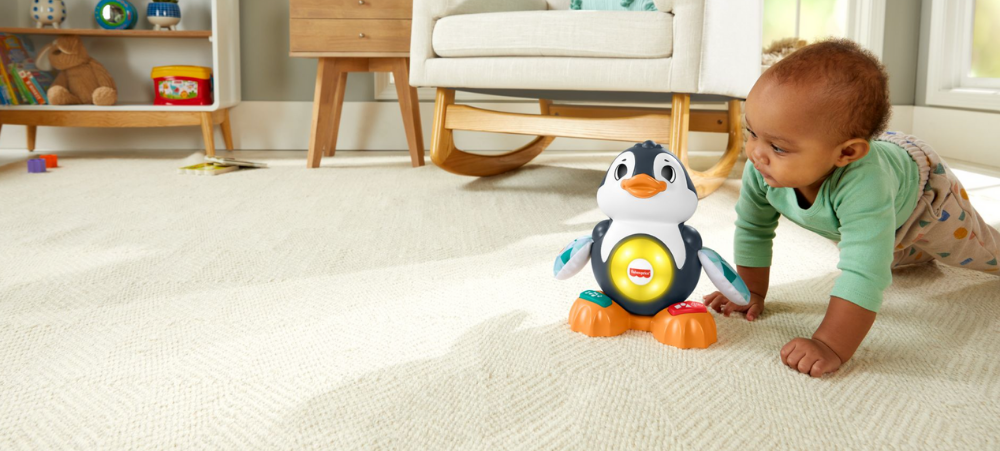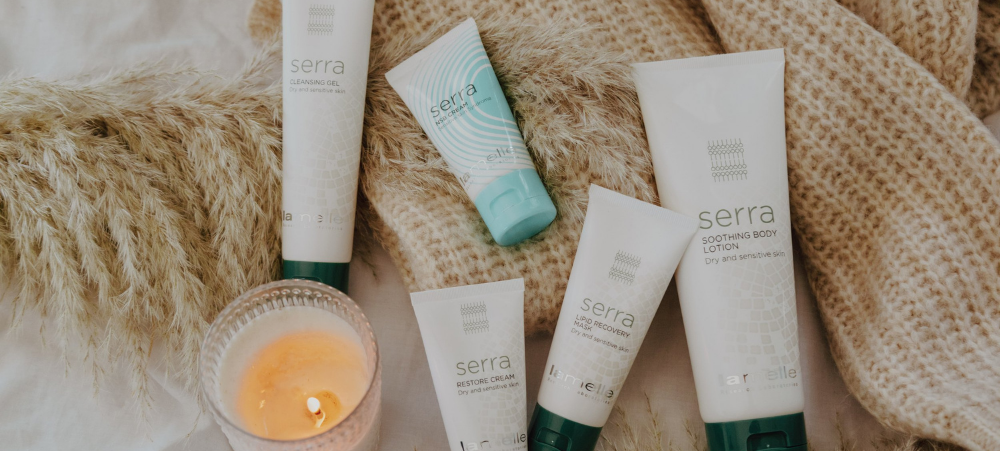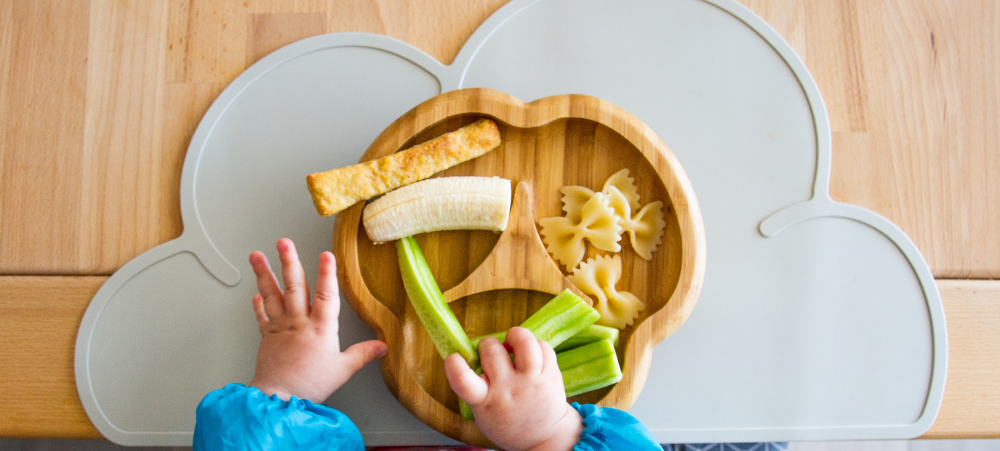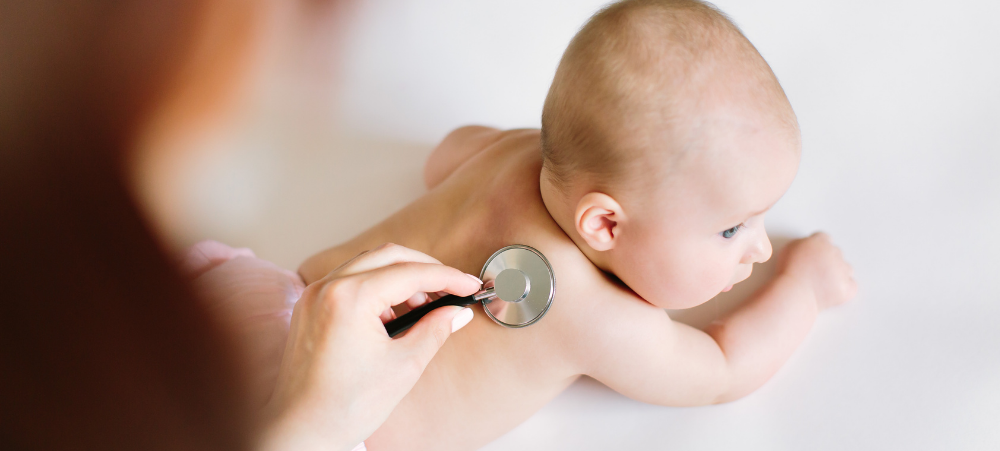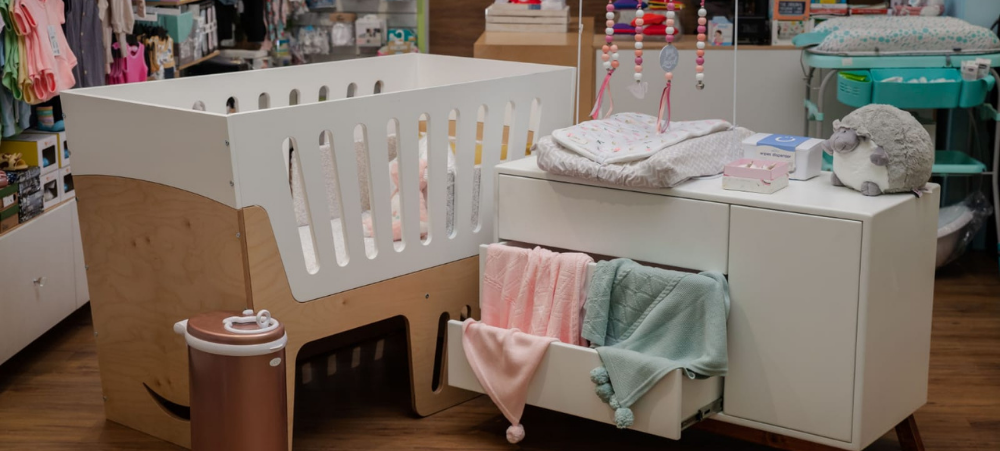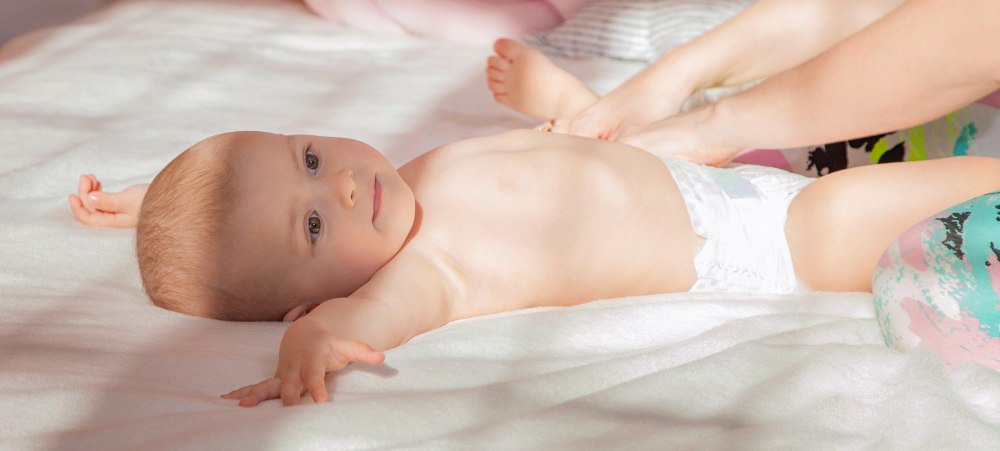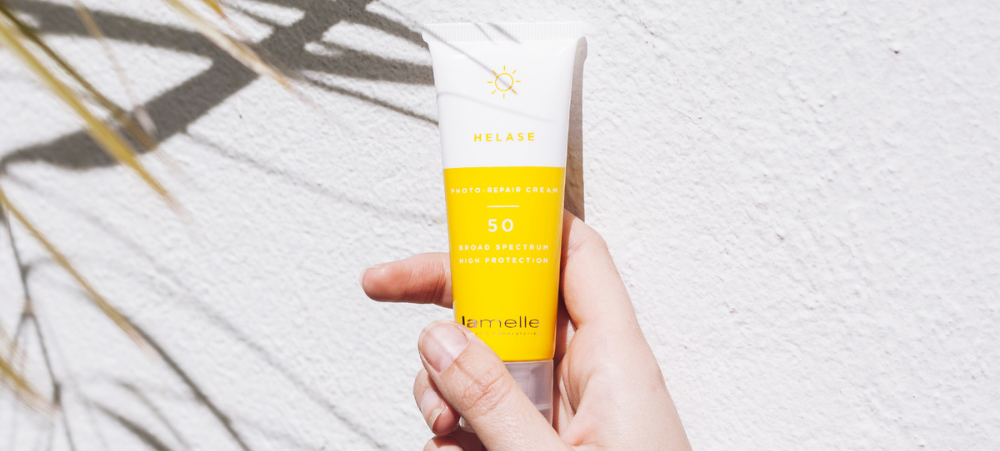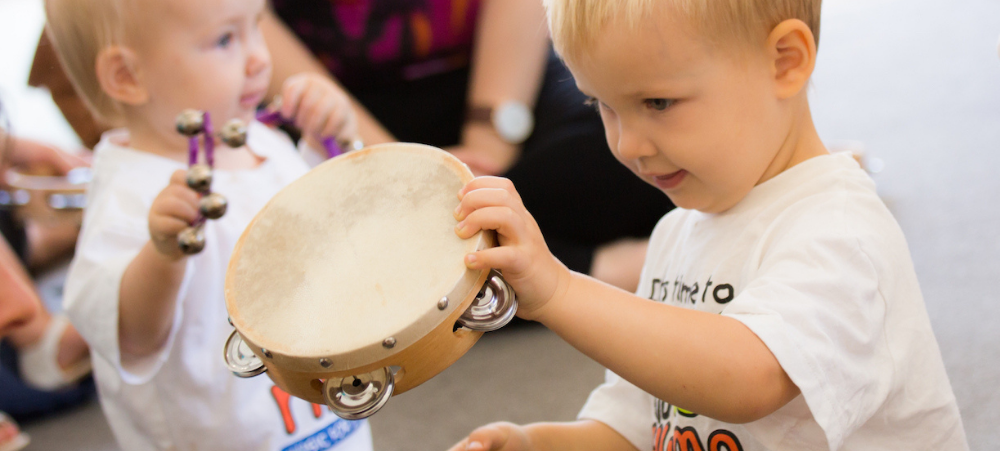Ask any mom, and she’ll tell you that young children and babies have a list of non-negotiable, crucial must-haves all year round. But winter has a way of turning things up a notch. And we’re not just talking about an increase in clothing and warm layers; like adults, a baby’s skin needs may also change during the colder months, as may their nutritional needs. You’ll probably find that your list of must-haves grows a little longer, as baby needs a few more products to stay healthy and happy. Here are our winter must-have recommendations for babies and toddlers: Safety first You have a first aid kit in your car, and in your medicine cabinet, so why wouldn’t you have an equivalent kit for baby? We all know that there is nothing predictable about babies, and they can often start to feel unwell at a difficult time, like late at night or over the weekend, which is why it’s essential to have some basic healthcare products available for use at home. And while babies can get sick any time of the year, we all know that winter is notorious for bringing on the sniffles. Keeping a healthcare kit on-hand means you’ll be able to access a thermometer, nasal aspirator, and other essential items easily and conveniently – no more searching through drawers and cabinets! Try: Safety 1st Healthcare Kit (R269.95) The Safety 1st Healthcare Kit 11 Pieces comes with all the tools you’ll need to properly see to your newborn’s health needs. It includes a digital thermometer, nasal aspirator, soft toothbrush, medicine dropper, 5 alcohol wipes, an emergency contact card, and a travel case. Immune support As the saying goes, prevention is better than cure. While it’s impossible to prevent babies and children from ever getting sick, it is possible to boost their immune systems by ensuring that they get all the vitamins and minerals their bodies need to function optimally. A healthy and balanced diet goes a long way, but we all know that young children can be picky eaters, which means that they are likely not consuming all the nutrients they need from their food. This is where good quality supplements like NutriPure, which is free from sugar, artificial flavours, colours, and sweeteners make all the difference. Try: NutriPure Kids Multivitamin Gummies (R109.95). Made with real fruit juice, these delicious gummies help to maintain your child’s immune system and promote overall well-being. It contains vitamins D, B6, B12, & C, as well as Biotin, Pantothenic Acid, and Niacin. NutriPure Kids Probiotics (R164.95) At any age, a balanced intestinal micro-flora is highly important in keeping the body in healthy working order. The healthy bacterial microflora in the gut is a key element for overall well-being. Each Nutripure Probiotics bear contains 1 billion live cultures to help your child boost his daily culture intake. Nutripure Kids Immune Support Gummies (R109.95) These delicious gummies contain a unique blend of 6 essential vitamins and minerals that all contribute to the normal function of the immune system. Vitamin C, B6, and B12 help to metabolise carbohydrates, fats and proteins and are factors in the maintenance of good health. Preventing and treating dry skin Babies and young children, like adults, are prone to getting dry skin when the temperature drops. Humidity levels are lower in winter, and the water content of the epidermis (the top layer of skin) typically reflects the humidity around it. If left untreated, dry skin may become itchy and uncomfortable, and may flake or even peel. Make sure that babies and children are bathed in warm (not hot) water, as hot water strips the skin of its natural oils and may lead to dryness. We recommend applying a nourishing oil to the skin after every bath, and throughout the day as needed, to lock in moisture. Multipurpose oils, such as those from Jamaican Mango & Lime, are great for softening and moisturizing dry skin. Try: Jamaican Mango & Lime Black Castor Oil Tea Tree (R152.00) has anti-inflammation properties and is made with a blend of pure Jamaican black castor oil and tea tree oil, which softens and moisturizes dry, damaged skin. Jamaican Mango & Lime Black Castor Oil Vitamins A-D-E (R152.00) promotes hair growth, moisturizes and softens dry skin and treats dry nails and cuticles. Soothe dry lips Dry and chapped lips are common during winter, and you may find that your (and your little ones’) lips need a little extra TLC when the temperature drops. Did you know that nipple cream is a common remedy for dry lips? Multi-purpose, moms can use it, not only to soothe their nipples when breastfeeding but also to protect and treat the whole family’s lips. Try: Medela Purelan™ – Lanolin Cream (R119.95) helps to restore the skin’s natural moisture balance and keeps the skin supple. Purelan is so safe for your baby that it doesn’t need to be removed before breastfeeding. It is dermatologically tested, hypoallergenic and free from artificial additives and preservatives and also gives you fast relief for sore nipples and dry skin. Nappy cream to the rescue Nappy rash can occur any time of the year, but winter poses some extra challenges as baby’s skin is covered in extra layers of clothing and gets less opportunity to breathe. Apply a soothing nappy rash cream after every nappy change to ensure that baby’s skin is soothed and comfortable. Try: Sudocrem skin and baby care cream, available in 4 tub sizes (400g, 250g, 60g, 125g). The 60g tub (R57.99) is travel-friendly and fits into a handbag with ease. Sudocrem skin and baby care cream heals irritated and sensitive skin so your baby can feel comfortable in their nappy. It is made with a special formulation that contains zinc oxide, is hypo-allergenic, and expertly soothes and restores affected areas. What are some of your baby’s winter essentials?










